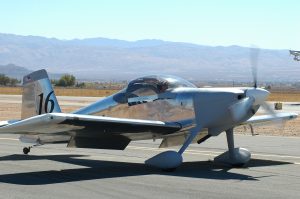Monday Accidents & Lessons Learned: Failing the Mind-Check of Reality

When an RV-7 pilot studied the weather prior to departure, he considered not only the weather but also distractions and personal stress. His situational awareness and decision-making were influenced by these considerations, as you can see in his experience:
“I was cleared to depart on Runway 27L from [midfield at] intersection C. However, I lined up and departed from Runway 9R. No traffic control conflict occurred. I turned on course and coordinated with ATC immediately while airborne.
“I had delayed my departure due to weather [that was] 5 miles east…and just north of the airport on my route. Information Juliet was: “340/04 10SM 9,500 OVC 23/22 29.99, Departing Runway 27L, Runways 9L/27R closed, Runways 5/23 closed.” My mind clued in on [Runway] 09 for departure. In fact, I even set my heading bug to 090. Somehow while worried mostly about the weather, I mentally pictured departing Runway 9R at [taxiway] C. I am not sure how I made that mistake, as the only 9 listed was the closed runway. My focus was not on the runway as it should have been, but mostly on the weather.
“Contributing factors were:
1. Weather
2. No other airport traffic before my departure. (I was looking as I arrived at the airport and completed my preflight and final weather checks)
3. Airport construction. For a Runway 27 departure, typical taxi routing would alleviate any confusion
4. ATIS listing the closed runway with 9 listed first
5. Quicker than expected takeoff clearance
“I do fly for a living. I will be incorporating the runway verification procedure we use on the jet aircraft at my company into my GA flying from now on. Sadly, I didn’t make that procedural change in my GA flying.”
Thanks to NASA’s Aviation Safety Reporting System (ASRS) for contemporarily sharing experiences that offer valuable insight, contributing to the growth of aviation wisdom, lessons learned, and an uninhibited accounting of reported incidents. ASRS receives, processes, and analyzes these voluntarily submitted reports from pilots, air traffic controllers, flight attendants, maintenance personnel, dispatchers, ground personnel, and others entailing actual or potential hazards.
We encourage you to use the TapRooT® System to find and fix problems. Attend one of our courses. We offer a basic 2-Day Course and an advanced 5-Day Course. You may also contact us about having a course at your site.



